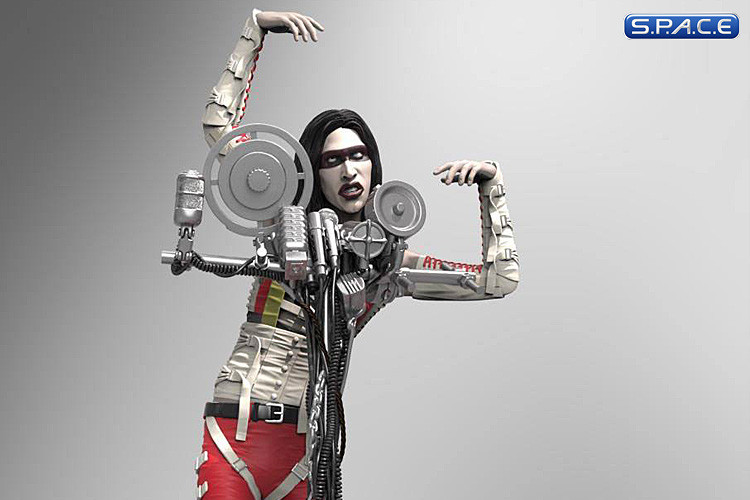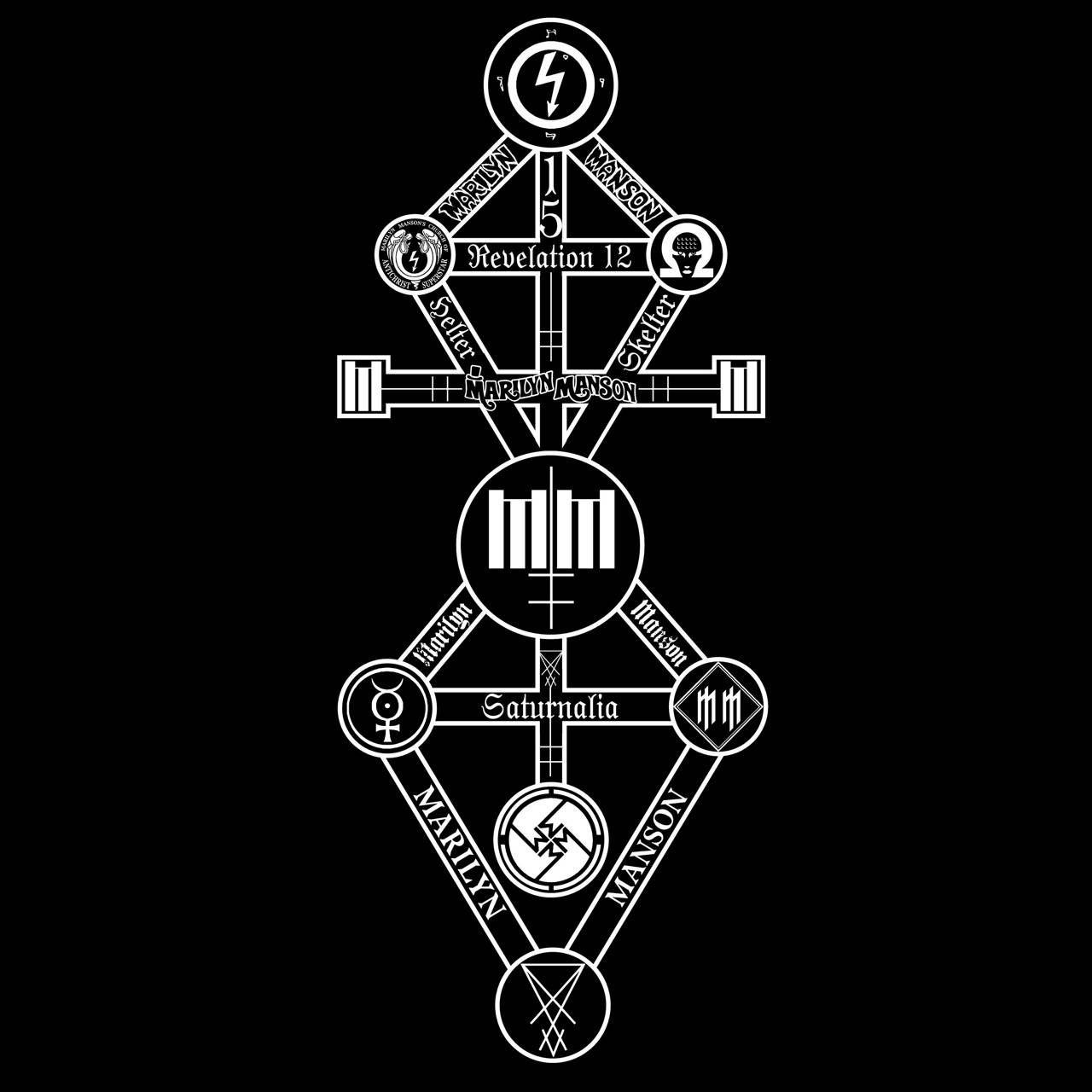Marilyn Manson, born Brian Hugh Warner, is one of the most polarizing figures in modern music and popular culture. Since his emergence in the early 1990s, Manson has consistently challenged societal norms and artistic boundaries, making him a significant cultural icon. This article explores the evolution of Marilyn Manson, examining his musical career, his influence on culture, and the controversies that have defined his persona.
Origins: The Birth of an Icon

Marilyn Manson was formed in 1989, combining the first names of actress Marilyn Monroe and serial killer Charles Manson. This juxtaposition was a deliberate commentary on the duality of fame and infamy, setting the tone for Manson’s artistic vision. His early work, especially the debut album *Portrait of an American Family* (1994), showcased a blend of industrial rock, glam, and heavy metal, which would become his trademark sound.
The Mainstream Breakthrough

In 1996, Manson’s album *Antichrist Superstar* catapulted him to mainstream fame, fueled by the controversial single “The Beautiful People.” The album was a critical and commercial success, debuting at number three on the Billboard 200 chart. The themes of rebellion, anti-establishment rhetoric, and critiques of American culture resonated deeply with a disenchanted youth.
- Musical Style: Manson’s sound is characterized by heavy guitar riffs, industrial beats, and theatrical elements.
- Visual Aesthetics: His stage presence and music videos often featured shock imagery, including religious iconography, violence, and sexual themes.
- Lyricism: Manson’s lyrics often explore themes of identity, fame, and societal critique, which contribute to his lasting impact as an artist.
Controversy and Cultural Impact
Manson’s career has been marked by controversy, often stemming from his provocative performances and public statements. He became a lightning rod for debates about morality in music, particularly among conservative groups. Events that shaped his public perception include:
- The Columbine High School Shooting (1999): Manson was wrongly implicated in the tragedy, as media outlets sought to link the shooters to his music and image.
- Parental Advisory Labels: His music often bore the “Parental Advisory” label, which fueled his image as a rebellious figure challenging societal norms.
- Legal Battles: Manson has faced multiple lawsuits and controversies, including accusations of sexual assault, which have colored public perception of his persona.
The Artistry Behind the Persona

Beyond the controversy, Manson’s artistry deserves examination. He is a multifaceted creator, engaging in various forms of artistic expression:
- Visual Art: Manson is an accomplished painter and photographer, having showcased his work in galleries around the world.
- Acting: He has appeared in films and television shows, such as *Party Monster* and *American Horror Story*, further solidifying his status as a cultural figure.
- Literature: Manson has authored several books, including *The Long Hard Road Out of Hell*, which offers insights into his life and career.
Decline and Reinvention
Following the peak of his fame in the late 1990s and early 2000s, Manson experienced a decline in commercial success. Albums like *Eat Me, Drink Me* (2007) and *The High End of Low* (2009) received mixed reviews and did not achieve the same level of impact as earlier works. However, this period also marked a time of reinvention for Manson.
In 2012, Manson released *Born Villain*, which received a more favorable response and saw a return to his industrial roots. His ability to adapt and evolve musically has allowed him to maintain relevance in an ever-changing industry. This resilience is a testament to his status as a cultural icon:
- Collaboration: Manson has collaborated with artists across genres, showcasing his versatility and willingness to embrace new influences.
- Social Media Presence: He has effectively utilized platforms like Instagram and Twitter to connect with fans and share his artistic journey.
- Merchandising and Branding: Manson has successfully marketed his image through various merchandise, solidifying his brand as a cultural phenomenon.
Contemporary Relevance

In recent years, Manson has continued to make headlines, both for his music and personal life. The #MeToo movement has reignited scrutiny of his past relationships and alleged misconduct. Despite the controversies, Manson remains a significant figure in discussions about art, morality, and individual expression:
- New Music: Manson’s 2021 album *We Are Chaos* received positive reviews and showcased his continued evolution as an artist.
- Public Engagement: His appearances at music festivals and interviews indicate that he remains relevant in the cultural landscape.
- Influence on New Artists: Many contemporary musicians cite Manson as an influence, underscoring his lasting impact on the music industry.
Marilyn Manson’s evolution from a controversial rock star to a multifaceted cultural icon underscores the complexities of fame, artistry, and societal critique. Despite the controversies that have surrounded him, Manson’s ability to adapt and reinvent himself has solidified his place in popular culture. As he continues to create and challenge norms, Manson serves as a reminder of the power of art to provoke thought and inspire dialogue. His journey reflects not just the story of a musician, but the ongoing struggle between individual expression and societal expectations, making him a compelling figure in the narrative of modern culture.


